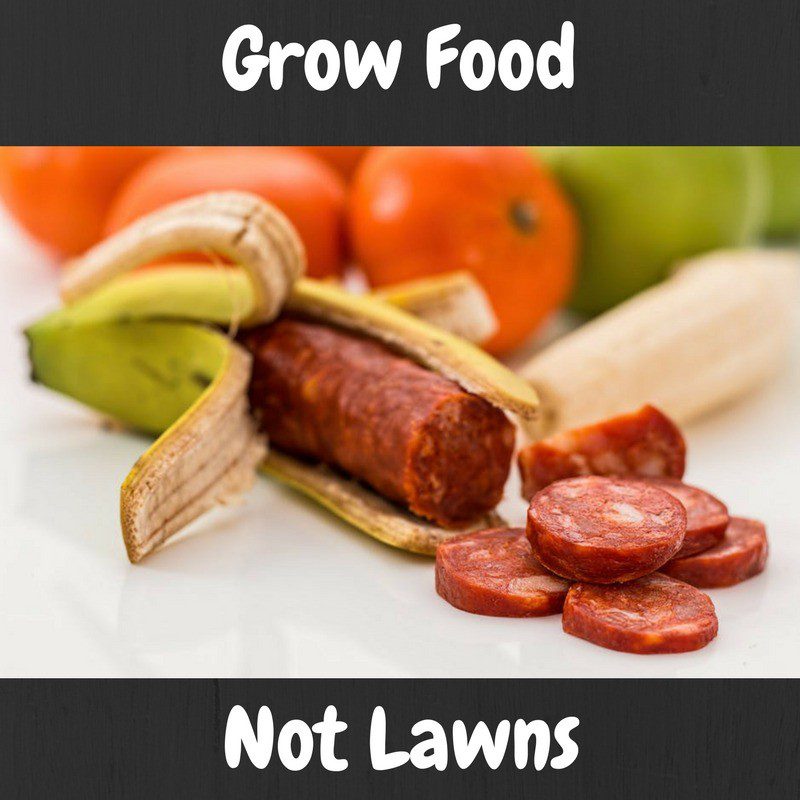Exploring Mindfulness through Simple Pleasures
In the modern, fast-paced world, it’s easy to overlook the simple pleasures that can bring us peace and fulfillment. Mindfulness is a powerful practice that helps us to slow down, appreciate the present moment, and derive joy from life’s everyday experiences.
This post will explore cultivating mindfulness through simple pleasures, enhancing our well-being, and enriching our lives.
Exploring Mindfulness
Mindfulness is being fully present and engaged in the current moment without judgment.
It involves paying close attention to our thoughts, feelings, sensations, and environment. Doing so can develop a deeper awareness of our experiences and a greater appreciation for the present.
Benefits of Mindfulness
Research has shown that exploring mindfulness can benefit our mental and physical health.
These include reduced stress, improved focus, increased emotional regulation, and enhanced well-being. Integrating mindfulness into our daily routines can cultivate a more balanced and fulfilling life.
Embracing Simple Pleasures
One of the most accessible ways to practice mindfulness is by embracing the simple pleasures in life. These are the small, everyday experiences that bring us joy and contentment.
Here are some practical ways to incorporate mindfulness into our daily routines through simple pleasures:
Savoring a Cup of Tea or Coffee
Savoring a cup of tea or coffee is a simple yet powerful way to practice mindfulness.
Begin by selecting your favorite tea or coffee, and take a moment to appreciate its aroma, color, and texture. As you sip, focus on the flavors and sensations, allowing yourself to experience and enjoy each moment fully.
Mindful Eating
Mindful eating involves paying attention to our food’s taste, texture, and aroma, as well as our hunger and fullness cues. By eating slowly and savoring each bite, we can develop a healthier relationship with food and enjoy our meals more fully.
Walking in Nature
Walking in nature is an excellent way to connect with the present moment and appreciate the beauty of our surroundings.
As you walk, focus on the sights, sounds, and smells around you. Notice the colors of the leaves, birds chirping, and the feel of the ground beneath your feet. Allow yourself to be fully present and immersed in the experience.
Listening to Music
Listening to music mindfully can be a profoundly enriching experience.
Choose a piece of music that you enjoy and listen to it with your full attention. Notice the different instruments, rhythms, and melodies. Allow yourself to be fully absorbed in the music and let it evoke emotions and memories.
Engaging in Creative Activities
Creative activities like drawing, painting, or writing can be excellent mindfulness practices.
These activities require us to focus our attention and engage fully in the creative process. Doing so allows us to experience a sense of flow and enjoyment and express ourselves in new and meaningful ways.
Practicing Gratitude
Practicing gratitude involves taking time to reflect on the positive aspects of our lives and express appreciation for them.
This can be done through journaling, meditating, or simply acknowledging what we are grateful for daily. Focusing on the positives can cultivate a more optimistic and mindful outlook.
Understanding the Foundations of Happiness
Happiness is a multifaceted and deeply personal experience encompassing a range of emotions and states of being. It is often described as a sense of well-being, contentment, and fulfillment.
To truly grasp the nature of happiness, it is essential to explore its foundations, which include biological, psychological, and social factors. These elements interact to create a unique and dynamic experience for each individual.
Biological Influences on Happiness
Biologically, happiness is influenced by the brain’s release of neurotransmitters such as serotonin, dopamine, and endorphins.
These chemicals play a crucial role in regulating mood and emotions. Genetics also contribute to an individual’s baseline level of happiness, with studies suggesting that approximately 50% of happiness is determined by genetic factors. Understanding these biological underpinnings can provide insights into how to enhance and sustain happiness through lifestyle choices and interventions.
Psychological Aspects of Happiness
Psychologically, happiness is closely linked to cognitive processes and emotional regulation.
Positive thinking, gratitude, and resilience are vital components of a person’s overall happiness. Cognitive-behavioral techniques can significantly improve one’s emotional well-being, such as reframing negative thoughts and fostering a growth mindset.
Additionally, emotional intelligence, which involves recognizing, understanding, and managing one’s emotions, is essential for achieving and maintaining happiness.
Social and Environmental Factors
Social connections and environmental factors play a significant role in determining happiness.
Strong relationships with family, friends, and the community provide a sense of belonging and support, which are crucial for emotional well-being. Engaging in meaningful activities and having a sense of purpose also contribute to a more profound understanding of happiness.
Furthermore, a positive and supportive environment, whether at home, work, or in the community, enhances overall life satisfaction.
The Role of Desire in Shaping Our Lives
Desire is a powerful driving force that shapes our actions, goals, and happiness. It can be understood as a deep longing or craving for something that we perceive as essential to our well-being.
The Nature of Desire
Desire is inherently dynamic and multifaceted.
It can range from basic needs, such as food and shelter, to more complex aspirations, like personal growth and self-actualization.
While desire can motivate us to achieve great things, it can lead to dissatisfaction and unhappiness if not appropriately managed.
Balancing Desire and Contentment
The key to harnessing the power of desire lies in balancing it with contentment.
This involves acknowledging and appreciating what we already have while striving for our goals. Mindfulness practices can be particularly effective in achieving this balance, as they help us stay present and cultivate gratitude for the present moment.
The Pursuit of Pleasure and Its Impact on Well-Being
Pleasure, often associated with happiness, is feeling good and experiencing enjoyment.
While it is a significant aspect of life, an overemphasis on pleasure can sometimes lead to hedonistic pursuits that may not contribute to long-term happiness.
Hedonic vs. Eudaimonic Happiness
Hedonic happiness is derived from pleasure and the avoidance of pain, while eudaimonic happiness is related to living a life of purpose and meaning.
Research suggests that eudaimonic happiness is more sustainable and contributes to long-term well-being. Striking a balance between these two types of happiness is essential for a fulfilling life.
The Role of Mindfulness in Moderating Pleasure
Mindfulness, the practice of being present and fully engaged at the moment, can help regulate the pursuit of pleasure.
By fostering awareness and self-control, mindfulness allows us to enjoy pleasurable experiences without becoming overly attached or dependent on them. This balanced approach enhances our overall sense of well-being.
Incorporating Mindfulness into Daily Routines
Integrating mindfulness into our daily routines doesn’t require drastic changes. Here are some simple yet effective ways to incorporate mindfulness into everyday activities:
Mindful Breathing
Mindful breathing is a foundational practice of mindfulness. It involves paying attention to our breath and using it as an anchor to bring us back to the present moment.
Try taking a few minutes each day to focus on your breathing. Notice the sensation of the air entering and leaving your nostrils, the rise and fall of your chest, and the rhythm of your breath. This simple practice can help calm the mind and reduce stress.
Mindful Commuting
Transform your daily commute into a mindfulness practice.
Instead of rushing through the journey, take time to observe your surroundings. Notice the people, the buildings, the sounds, and the smells. Use this time to practice being fully present rather than letting your mind wander or getting caught up in stress.
Mindful Communication
Mindful communication involves being fully present and attentive when interacting with others.
This means listening actively without interrupting or thinking about what you will say next. It also consists in expressing yourself clearly and thoughtfully. By practicing mindful communication, we can improve our relationships and create more meaningful connections with others.
Mindful Housework
Even routine tasks such as cleaning or doing the dishes can be opportunities for mindfulness.
Focus on the sensations of the task—the feel of the water, the sound of the scrubbing, and the sight of the clean surfaces. Being fully present in these moments can transform mundane chores into mindful practices.
Integrating Mindfulness for Enhanced Happiness
Mindfulness is a powerful tool for cultivating happiness and managing desires and pleasures.
It involves paying attention to the present moment without judgment and developing a deeper awareness of our thoughts, emotions, and behaviors.
Benefits of Mindfulness
Practicing mindfulness has numerous benefits, including reduced stress, improved emotional regulation, and increased happiness. It helps us become more resilient to life’s challenges and fosters inner peace and contentment.
Mindfulness Practices for Daily Life
Incorporating mindfulness into daily life can be simple and practical. Mindful breathing, meditation, and conscious eating can be easily integrated into our routines.
These practices help ground us in the present moment and cultivate a deeper appreciation for life’s experiences.
Conclusion
Understanding the intricate relationship between happiness, desire, pleasure, and mindfulness provides valuable insights into leading a fulfilling life.
Exploring mindfulness through simple pleasures is a powerful way to enhance our well-being and bring more joy and contentment into our lives. We can cultivate a more profound sense of awareness and fulfillment by embracing the present moment and appreciating small, everyday experiences.
Incorporating mindfulness into our daily routines doesn’t require significant changes—it’s about finding moments of presence and appreciation in the activities we already do. Start today by choosing a straightforward pleasure to practice mindfulness with, and gradually expand your practice to other areas of your life.






